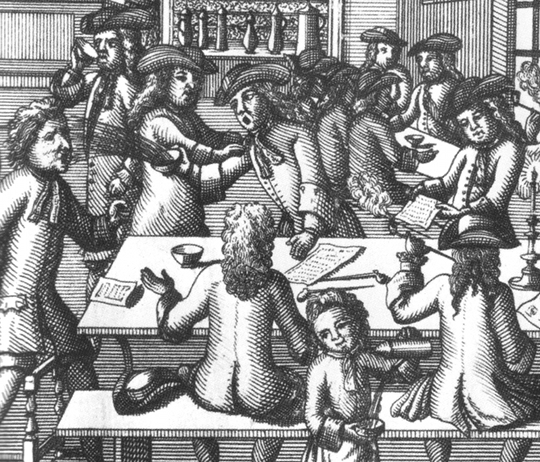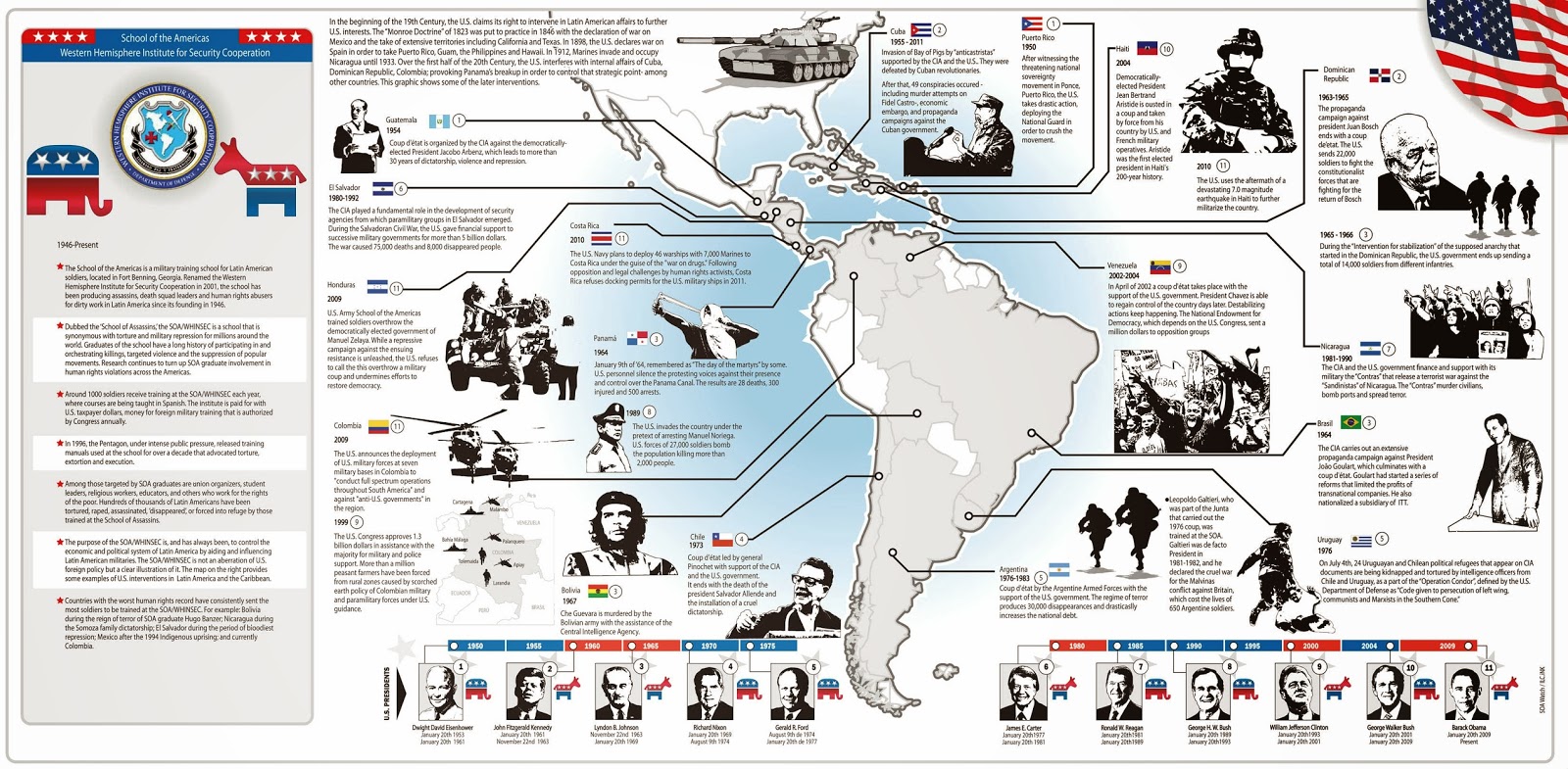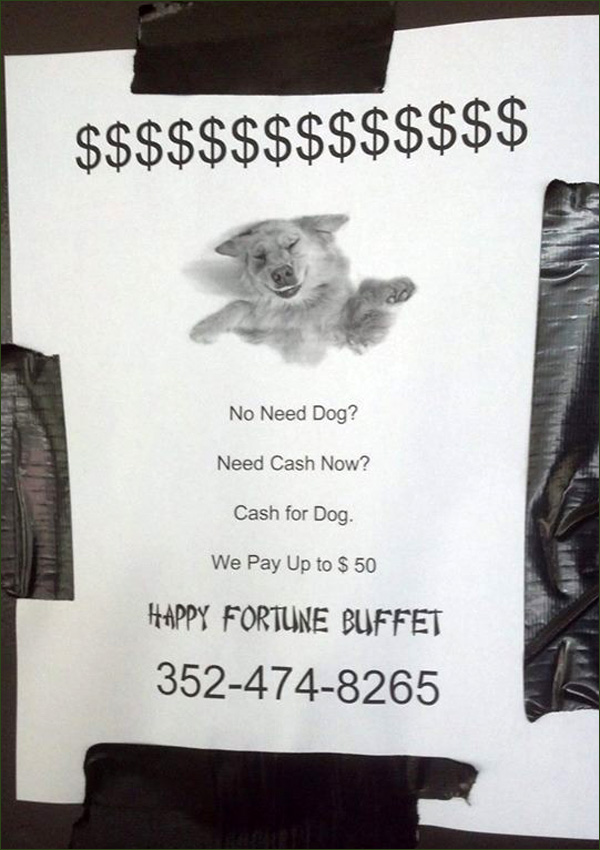Wednesday, March 26, 2014
Sunday, March 23, 2014
Thursday, March 20, 2014
Wednesday, March 19, 2014
On Whiskey
BOURBON
What it is: Kentucky's greatest contribution to mankind -- with respect to the Colonel -- came into our lives in the 18th century. It legally must consist of 51% corn and be aged in virgin barrels at least 2yrs, and hovers between 80 and 101 proof. It tastes like America.
Where it comes from: The Bluegrass State is the most genuine, though microdistillers all over the country are starting to make what they call bourbon, typically in barrels shipped from Kentucky just to trick you.
Great examples: Buffalo Trace, Maker's Mark, Bulleit, and Wild Turkey.
Distinguishing qualities: An oakiness from the barrel, and notes of vanilla.
Best cocktails: Get it in a Manhattan or an Old Fashioned. Or stop being a putz and just put ice in it.
TENNESSEE WHISKEY
What it is: Essentially, it's not all that different from bourbon. The main difference is that if you call it "bourbon", you will likely be shot by an angry country singer. Also, it's treated to something called the Lincoln County Process, which involves dripping it through charcoal.
Where it comes from: One of the scattershot counties in Tennessee that actually allows alcohol. Because Tennessee be CRAZY.
Great examples: Jack Daniel's and his classy brother, Gentleman Jack. And his yahoo cousin George Dickel.
Distinguishing qualities: A bit mellower than its Kentucky kin due to that charcoal action, and a little more sweetness under the bite; ability to make 4H chicks look way hotter.
Best cocktails: Whiskey sour. Also, Jack & Coke isn't just a clever name.
RYE WHISKEY
What it is: More rules! In order for rye to be rye, it needs rye. Go figure. The mash has to be more than half composed of rye, in fact. Otherwise, it's a lot like a drier version of bourbon. Also, rye.
Where it comes from: Generally, Kentucky, since a lot of your favorite bourbon distillers also dabble in rye. They also, interestingly, make it at George Washington's crib, Mt. Vernon, presumably to dull the pain of chewing with wooden teeth.
Great examples: Jim Beam and Van Winkle Family Reserve.
Distinguishing qualities: Rye slaps bourbon's relative sweetness in the face, offering up a rougher, stick-in-your-throatier flavor that's a lot spicier. Also, you don't get much more distinguished than being made by George Washington.
Best cocktails: Classics like Sazeracs and Manhattans are completely transformed if you sub rye for bourbon.
source
What it is: Kentucky's greatest contribution to mankind -- with respect to the Colonel -- came into our lives in the 18th century. It legally must consist of 51% corn and be aged in virgin barrels at least 2yrs, and hovers between 80 and 101 proof. It tastes like America.
Where it comes from: The Bluegrass State is the most genuine, though microdistillers all over the country are starting to make what they call bourbon, typically in barrels shipped from Kentucky just to trick you.
Great examples: Buffalo Trace, Maker's Mark, Bulleit, and Wild Turkey.
Distinguishing qualities: An oakiness from the barrel, and notes of vanilla.
Best cocktails: Get it in a Manhattan or an Old Fashioned. Or stop being a putz and just put ice in it.
TENNESSEE WHISKEY
What it is: Essentially, it's not all that different from bourbon. The main difference is that if you call it "bourbon", you will likely be shot by an angry country singer. Also, it's treated to something called the Lincoln County Process, which involves dripping it through charcoal.
Where it comes from: One of the scattershot counties in Tennessee that actually allows alcohol. Because Tennessee be CRAZY.
Great examples: Jack Daniel's and his classy brother, Gentleman Jack. And his yahoo cousin George Dickel.
Distinguishing qualities: A bit mellower than its Kentucky kin due to that charcoal action, and a little more sweetness under the bite; ability to make 4H chicks look way hotter.
Best cocktails: Whiskey sour. Also, Jack & Coke isn't just a clever name.
RYE WHISKEY
What it is: More rules! In order for rye to be rye, it needs rye. Go figure. The mash has to be more than half composed of rye, in fact. Otherwise, it's a lot like a drier version of bourbon. Also, rye.
Where it comes from: Generally, Kentucky, since a lot of your favorite bourbon distillers also dabble in rye. They also, interestingly, make it at George Washington's crib, Mt. Vernon, presumably to dull the pain of chewing with wooden teeth.
Great examples: Jim Beam and Van Winkle Family Reserve.
Distinguishing qualities: Rye slaps bourbon's relative sweetness in the face, offering up a rougher, stick-in-your-throatier flavor that's a lot spicier. Also, you don't get much more distinguished than being made by George Washington.
Best cocktails: Classics like Sazeracs and Manhattans are completely transformed if you sub rye for bourbon.
source
Tuesday, March 18, 2014
Monday, March 17, 2014
Coffee in the 17th C.
London’s
coffee craze began in 1652 when Pasqua Rosée, the Greek servant of a
coffee-loving British Levant merchant, opened London’s first coffeehouse
(or rather, coffee shack) against the stone wall of St Michael’s
churchyard in a labyrinth of alleys off Cornhill. Coffee was a smash
hit; within a couple of years, Pasqua was selling over 600 dishes of
coffee a day to the horror of the local tavern keepers. For anyone who’s
ever tried seventeenth-century style coffee, this can come as something
of a shock — unless, that is, you like your brew “black as hell, strong
as death, sweet as love”, as an old Turkish proverb recommends, and
shot through with grit. - See more at:
http://publicdomainreview.org/2013/08/07/the-lost-world-of-the-london-coffeehouse/#sthash.XiUlVcz2.dpuf
Read about the "Lost World of the London Coffeehouse" here
London’s
coffee craze began in 1652 when Pasqua Rosée, the Greek servant of a
coffee-loving British Levant merchant, opened London’s first coffeehouse
(or rather, coffee shack) against the stone wall of St Michael’s
churchyard in a labyrinth of alleys off Cornhill. Coffee was a smash
hit; within a couple of years, Pasqua was selling over 600 dishes of
coffee a day to the horror of the local tavern keepers. For anyone who’s
ever tried seventeenth-century style coffee, this can come as something
of a shock — unless, that is, you like your brew “black as hell, strong
as death, sweet as love”, as an old Turkish proverb recommends, and
shot through with grit. - See more at:
http://publicdomainreview.org/2013/08/07/the-lost-world-of-the-london-coffeehouse/#sthash.XiUlVcz2.dpuf
London’s
coffee craze began in 1652 when Pasqua Rosée, the Greek servant of a
coffee-loving British Levant merchant, opened London’s first coffeehouse
(or rather, coffee shack) against the stone wall of St Michael’s
churchyard in a labyrinth of alleys off Cornhill. Coffee was a smash
hit; within a couple of years, Pasqua was selling over 600 dishes of
coffee a day to the horror of the local tavern keepers. For anyone who’s
ever tried seventeenth-century style coffee, this can come as something
of a shock — unless, that is, you like your brew “black as hell, strong
as death, sweet as love”, as an old Turkish proverb recommends, and
shot through with grit. - See more at:
http://publicdomainreview.org/2013/08/07/the-lost-world-of-the-london-coffeehouse/#sthash.XiUlVcz2.dpuf
Madlib - Shades of Blue
00:00 Introduction
00:32 Slim's Return
04:18 Distant Land
08:26 Mystic Bounce
12:16Stormy
16:05 Blue Note Interlude
16:47 Please Set Me at Ease
21:37 Funky Blue Note
24:58 Alfred Lion Interlude
25:43 Stepping Into Tomorrow
33:20 Andrew Hill Break
34:28 Montara
40:17 Song for My Father
45:45 Footprints
51:00 Peace/Dolphin Dance
56:42 Outro
Sunday, March 16, 2014
Saturday, March 15, 2014
Wednesday, March 12, 2014
Tuesday, March 11, 2014
Monday, March 10, 2014
Sunday, March 9, 2014
household plant - air purifiers
-Spider Plant
-Boston Fern
-English Ivy
-Areca Palm
-Golden Pothos
-Aloe Vera
-Chinese Evergreen
-Snake Plant
-Marginata
-PeaceLily
Source
Friday, March 7, 2014
Sunday, March 2, 2014
Saturday, March 1, 2014
Subscribe to:
Posts (Atom)










